Introduction
Aerial photography has undergone a significant transformation with the advent of drones. These versatile flying machines have opened up new perspectives, enabling photographers to capture stunning visuals from high above the ground. Whether you’re an amateur enthusiast or a seasoned professional, mastering aerial photography requires a thorough understanding of the key factors that impact drone photography. In this article, we will delve into the art of aerial photography, offer expert advice, and discuss the tradeoffs and challenges involved in this unique form of photography.

The Drone Revolution
Drones, also known as Unmanned Aerial Vehicles (UAVs), have revolutionized the world of photography. Their compact size, agility, and ability to carry high-quality cameras have made them a favorite tool for capturing breathtaking aerial images and videos. Drones come in various models, catering to different photography needs and budgets. From compact consumer drones to high-end professional rigs, the choice of drone can significantly impact the quality of your aerial shots.
Selecting the Right Drone
When venturing into aerial photography, choosing the right drone is paramount. Factors to consider include:
Camera Quality-opt for a drone with a high-resolution camera and adjustable settings like aperture, ISO, and shutter speed for more creative control.
Flight Time– Longer flight times allow for extended shooting sessions, especially when covering large areas or waiting for the perfect lighting conditions.
Stability and GPS– A stable drone with GPS capabilities ensures smoother flights and accurate positioning for better framing and composition.
Obstacle Avoidance-Some advanced drones offer obstacle avoidance systems, enhancing safety and reducing the risk of collisions during flights.
Portability– For travel and outdoor shoots, compact and foldable drones are more convenient to carry.
Expert Advice
Professional drone photographers emphasize the importance of mastering the basic piloting skills before diving into complex aerial photography techniques. Familiarize yourself with drone flight controls, safety guidelines, and local regulations. Gradually progress from simple maneuvers to more intricate flight patterns as you gain confidence and experience.
Moreover, obtaining certifications from aviation authorities, such as the FAA Part 107 certification in the United States, adds credibility and ensures you comply with regulations when using drones for commercial purposes.
Aerial Photography Techniques
Mastering aerial photography demands a combination of artistic vision and technical expertise. Expert drone photographers employ several techniques to capture captivating shots:
Composition-Like traditional photography, composition is crucial in aerial photography. Focus on leading lines, symmetry, and patterns to create visually engaging images.
Golden Hour– The magical time around sunrise and sunset provides soft, warm lighting, adding depth and beauty to your aerial photographs.
Elevated Perspectives– Drones offer unique vantage points, allowing you to shoot from high above, offering a fresh perspective on landscapes, architecture, and events.
Point of Interest (POI)– Set your drone to circle around a specific point of interest to create mesmerizing, dynamic shots.
Bracketing-Bracketing shots (taking multiple images at different exposures) helps in capturing details in highlights and shadows, enhancing the dynamic range of your photographs.
Panoramas– Stitching together multiple images in post-processing yields stunning panoramic views of landscapes and cityscapes.
Challenges and Tradeoffs
Aerial photography presents its share of challenges and tradeoffs that photographers must carefully consider:
Battery Life vs. Flight Range– Longer flight ranges often come at the cost of reduced battery life. Balancing the two is crucial to cover larger areas effectively.
Weather Conditions– Wind, rain, and extreme temperatures can affect flight stability and the quality of your shots. Check weather forecasts before each session.
Legality and Privacy– Understanding local regulations and respecting people’s privacy is paramount to avoid legal issues and ensure ethical drone usage.
Storage and Post-processing– High-resolution aerial images demand substantial storage space and time-consuming post-processing to achieve the best results.
Risk of Accidents– Flying a drone carries inherent risks, including crashes and flyaways. Investing in a protective case and practicing in open areas can mitigate potential accidents.
Impact on the Environment
As drone technology becomes more accessible, the impact on the environment must be considered. Battery disposal, noise pollution, and the disturbance of wildlife are factors that photographers and drone manufacturers need to address. Opting for eco-friendly drones and responsible flying practices can help minimize the ecological footprint of aerial photography.
Conclusion
Mastering aerial photography with drones opens up a world of creative possibilities. Selecting the right drone, honing your piloting skills, and employing expert techniques can lead to stunning aerial images and videos. However, photographers must be aware of the challenges and tradeoffs involved, ensuring responsible and ethical drone usage. With the right approach, you can elevate your photography to new heights and capture breathtaking visuals that leave a lasting impression on viewers.

